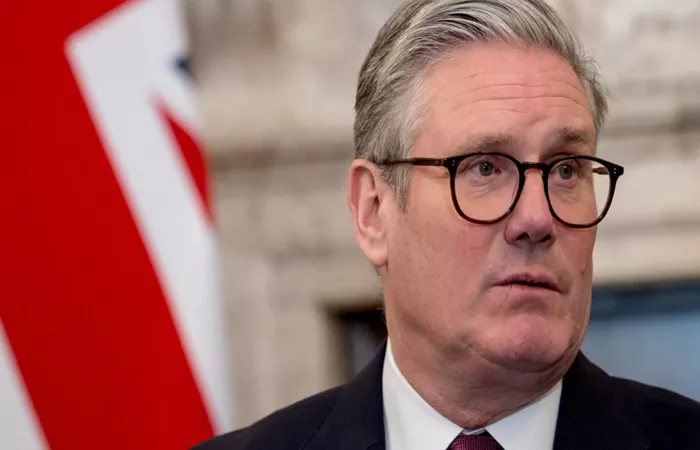The UK government’s new immigration rules could undermine efforts to reach its net zero targets by triggering labour shortages in key sectors, a new report warns.
The Centre for European Reform (CER) has found that more than half of foreign-born workers currently employed in green jobs across the UK would not qualify for visas under the proposed changes. The Labour government’s immigration white paper, published last month, proposes raising the minimum qualification for skilled worker visas to degree level and keeping the annual salary threshold at £38,700—measures inherited from the previous Conservative government.
According to CER estimates, of the 465,000 foreign-born workers involved in green jobs, around 260,000 would be excluded under the new criteria. These roles include work on retrofitting homes with low-carbon technologies—jobs heavily concentrated in the construction sector.
Ministers say they want to reduce reliance on overseas labour by encouraging UK employers to raise wages and invest in training. But CER associate fellow John Springford warned that this could make green technologies more expensive for consumers. “If labour shortages raise the cost of decarbonising buildings, fewer people will insulate their homes or buy heat pumps,” he said.
Using data from the Office for National Statistics, CER defines green jobs as roles where over a third of working time is dedicated to environmentally focused tasks. The report also notes that wider construction work could be affected, raising doubts about the government’s goal to build 1.5 million new homes during this parliament. With high turnover and seasonal demand, the construction industry is seen as particularly vulnerable to labour shortages caused by stricter immigration controls.
Labour plans to replace the current “immigration salary list” with a “temporary shortage list,” allowing lower pay for some hard-to-fill roles. However, sectors using this system will be required to show how they plan to train and recruit UK workers. The CER warns that such lists may leave migrant workers stuck in low-paid jobs and at risk of exploitation, as seen previously in the care sector.
Springford argued that while the government must monitor worker shortages in strategic areas like green energy and construction, tailoring exemptions for specific roles is risky. He proposed alternatives such as issuing “green visas” for jobs that support net zero goals or easing the salary and qualification thresholds across the board.
Labour leader Keir Starmer introduced the immigration clampdown in an effort to draw a line under what he called a “squalid chapter” of post-Brexit policy that allowed net migration to soar. Net migration peaked at over 900,000 in the year to June 2023 but fell to 431,000 in 2024 after Conservative-led visa reforms, including restrictions on bringing dependents. Starmer has pledged further reductions, predicting a “significant” fall in migration as a result of the new measures.
However, some economists warn that lower net migration could reduce the UK’s potential for economic growth. A revised forecast from the Office for Budget Responsibility may follow if the labour market tightens further.
A government spokesperson defended the changes, saying the white paper offers a “comprehensive plan” to restore order to the immigration system. “We are linking immigration with skills and visa reform to grow our domestic workforce,” the spokesperson said. They also pointed to a £600 million package aimed at training 60,000 additional construction workers by 2029 and building 10 new technical colleges across England.
Related Topics


